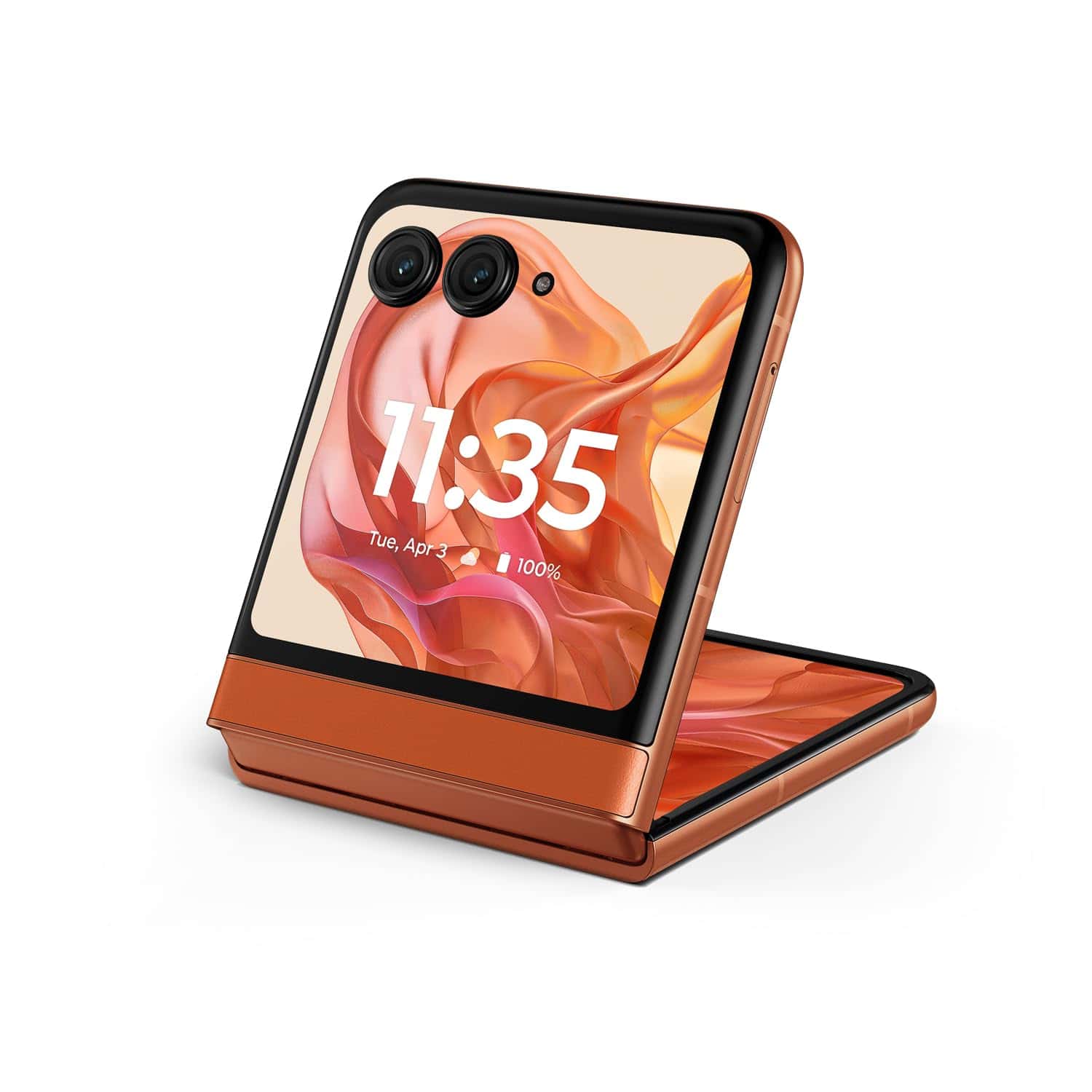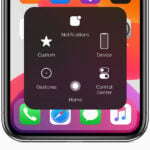The Motorola Razr, released in 2004, redefined the mobile phone industry with its sleek design and flip phone technology. At the time of its debut, it stood out as the epitome of style and sophistication. Its thin profile and metallic finish gave it an appeal that transcended the typical tech gadget, elevating the Razr to a status symbol.
This iconic device did more than just look good; it revolutionized how smartphones were designed. Its design influenced a generation of mobile phones and set a new benchmark for what users expected from their devices, both in aesthetics and in functionality. The original Razr managed to blend technology with fashion, helping to shift the perception of mobile phones from mere communication tools to must-have accessories.

Motorola Razr: A Complete History
1. The Birth of an Icon (2004–2006)
- Motorola Razr V3 (2004):
- Launched as a premium flip phone with a super-thin profile (13.9 mm).
- Featured a VGA camera, Bluetooth, and a striking metallic design.
- Became a cultural phenomenon, selling over 130 million units worldwide, making it the best-selling clamshell phone ever.
- Variants included the V3i (with iTunes support), V3c (CDMA version), and V3x (with 3G capabilities).
2. Expansion & Decline (2006–2010)
- Motorola attempted to extend the Razr brand with models like:
- Razr2 (2007): Sleeker design, external touch-sensitive screen.
- Razr Maxx (2006/2007): Focused on battery life.
- However, as smartphones like the iPhone (2007) and Android devices rose, the Razr line quickly lost relevance.
- By 2010, Motorola had largely retired the Razr name.
3. The Android Revival (2011–2013)
- Motorola resurrected the brand with Droid Razr (2011) on Verizon.
- Ultra-thin Android smartphone with Kevlar backing and 4G LTE.
- Followed by Droid Razr Maxx, which became famous for its long battery life.
- Despite strong branding, Motorola struggled to compete with Samsung and Apple.
4. The Foldable Comeback (2019–2021)
- Motorola Razr (2019):
- A modern foldable smartphone with a flexible OLED display that folded vertically, mimicking the classic flip design.
- Ran Android, but had mid-range specs and a high price ($1,499).
- Razr 5G (2020): Improved hinge, upgraded camera, and 5G support.
- Reception was mixed—praised for nostalgia and design, but criticized for durability and cost.
5. Modern Era: Razr 40 Series & Beyond (2023–2025)
- Razr 40 & Razr 40 Ultra (2023):
- Featured larger external displays, better cameras, and more durable folding mechanisms.
- Razr 40 Ultra had one of the biggest cover screens in any flip foldable.
- Razr 2025 (latest model):
- Continues the foldable tradition with refined design, improved hinge durability, and enhanced cover display usability (source: Motorola Help PDF).
6. Cultural Legacy
- The Razr V3 remains one of the most iconic phones ever made, symbolizing mid-2000s fashion and tech.
- The foldable Razr revival shows Motorola’s attempt to blend nostalgia with innovation in the modern smartphone era.
✅ In summary:
The Motorola Razr went from being the world’s hottest flip phone in 2004, to fading during the smartphone revolution, and then returning as a modern foldable series that balances retro style with cutting-edge tech.
Key Takeaways
- The Motorola Razr’s 2004 release set a new precedent in mobile phone design.
- Its iconic flip phone style and slim build marked a shift in technology and fashion.
- The original Razr is remembered as a status symbol that influenced future smartphone designs.
Detailed Overview
The Motorola Razr V3 was a game-changing cell phone launched in 2004, known for its slim, clamshell design and advanced features for the time. It set a benchmark for flip phones that followed.
Design and Form Factor
The Razr V3 featured a sleek aluminum body that helped define its iconic look. This clamshell phone boasted a thin profile that made it stand out among its peers. Its distinctive form factor included a sizeable hinge and a bottom ‘chin’ that housed the microphone and improved the device’s balance.
Display Features
The device came with a 2.2-inch internal display offering a resolution of 176 x 220 pixels. It also featured an external screen that displayed notifications, which was quite innovative at the time.
Hardware Specifications
Under the hood, the Razr V3 was equipped with 5.5 MB of internal memory. The keypad was crafted to complement the phone’s slim design while maintaining usability.
Software and User Interface
Running on Motorola’s proprietary software, the Razr V3’s user interface was simple and intuitive for its time. It included basic features like SMS and MMS messaging, a simple browser, and a few built-in games.
Performance and Battery Life
The V3 came with a 680mAh battery. Back in 2004, this allowed for decent battery life, including multiple hours of talk time, and was generally sufficient for the phone’s capabilities.
Connectivity and Network Capabilities
This model was designed for GSM networks with support for GPRS data. It featured Bluetooth technology, which was a significant feature for hands-free connectivity at the time.
Camera and Multimedia
The Razr V3 included a VGA camera, a notable addition for flip phones. It supported capturing pictures and simplistic video recording. Multimedia functionality was basic but included MP3 ringtones and the ability to play simple audio files.
Pricing, Availability, and Market Impact
The Motorola Razr V3 launched with a price tag around $500. It became a status symbol due to its price and design, influencing the market and prompting other manufacturers to produce flip phones that tried to match its appeal.







